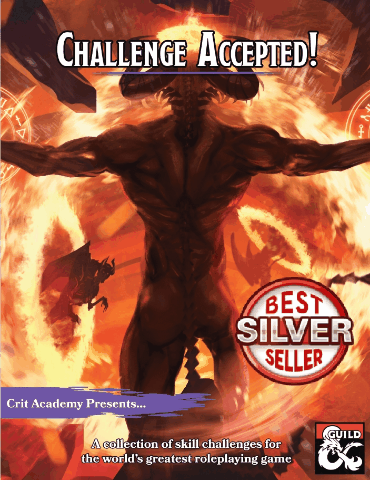D&D DM Class: The Value of Recurring Villains in Dungeons & Dragons
- Justin Handlin

- Mar 24, 2022
- 4 min read

The Value of Recurring Villains in Dungeons & Dragons
When it comes to running a great story and campaign games such as Dungeons & Dragons, one of the most iconic features is the villain. Whether it's a one-shot a short adventure or a full campaign, villains are often plentiful. Conquering their enemies with celebration and flourish. Unfortunately, this rarely leads to any great emotional reaction from the players or their characters. Instead, it generally is just “another one bites the dust.” moment and is the exact reason why as DM you should be using recurring villains.
Why should I use a recurring villain in D&D?
A recurring villain in your roleplaying game encourages meaningful and authentic reactions from both the players and their characters. The players get an opportunity to really get to know the villain and even come to understand their personality and motives. More than that, encounters that involve both parties tend to have much more roleplay, even when in the middle of combat. This can make the game far more cinematic and give the story a chance to grow more naturally. Sure, other combat often have insults, or basic commands tossed out in battle, but a full-on conversation between the two sides can be an emotional roller coaster.
Some of the world's best authors such as Terry Pratchet or Brandon Sanderson use the recurring villain theme to great effect. They build their villains in a way that they are always creating serious challenges and problems for the story's protagonist. This happens to such a degree that when the villain finally gets what they deserve the reader themselves lets go a “Woot!” of excitement and releases tension they probably didn’t know they were holding. In these cases, the villain's actions have constantly been a thorn in the character’s sides and have stirred up lots of emotion within the players. As DMs, we should be stretching for this in our games, even if we can’t get it to the levels of some of the best writers in the world. Though, maybe you can. Our goal should push for a sense of success by characters, but also leave the players rejoicing at the end of the villain as if pulling the thorn from their side. Whether it's death, imprisonment, or some other punishment, simple payback can have a great feeling for everyone at the table.
How can I create a great recurring villain in D&D?
So, the real question is how can we make a great recurring villain? Well, it can be tricky for sure. In most cases when the players, and by extension, their characters run into a villain doing wrongdoing they often just flat out murderhobo them. This means without the correct planning and plans most villains won't be around long enough to become recurring. There are a few different ways we can do this. Keep in mind, these are just concepts and I’m sure there are plenty of other ways to achieve the same goal.
Minions and Mercenaries
Imagine for a moment that your party is constantly being harassed by creatures of the abyss. The characters are unsure why they constantly stumble across demons and devils who are somehow involved in many of the adventures they take. The monstrosities continue to hassle, steal and attack the characters. After a bit of interrogation, they learn that Lady Saffron has sent them. The characters may not know who or what this person is, but she will more and more earn their enmity. Whether these creatures are seeking an item the characters carry, is seeking out for one or all of their heads, ruining their reputation, or is just trying to pull them away from something they’ve stumbled across. In any case, with enough trouble, they will learn to despise this Lady Saffron and thus build complex emotions toward her. All before they even meet her.
Plot Design and Planning
One of the more difficult aspects to consider is a complex web of plots that connect the villain's motives to the adventure hooks that the characters engage in. Even if it is in the background. I’m a little bit more forward though in my games. So for me, I would do something more straightforward. One of my favorite villains I’ve used is based on one of my favorite book series characters from Brandon Sanderson. The character is well renowned as a hero and a man of virtue. The truth is far from that. His belief is that an object of power would better serve the world in the hands of someone of noble standing, instead of the young adventurer who earned it. In an attempt to hide his thievery, he killed the adventurer’s party members and sold the young hero into slavery. This simple building block allows the DM to easily toss in other plot designs into the narrative that reveals the truth of the villain. Unfortunately, a person in power such as our villain has much protection and thus is out of reach for weaker adventurers.
Looking at the adventure and campaign from a long-term perspective allows the DM many opportunities to create these villain plots in meaningful ways that engage the players and their character’s emotions.
Thank you for reading our blog. If you enjoy the content and want to support us, visit our store or follow us on social media, join us on discord, youtube, and leave us a review.
Keep your blades sharp and spells prepared heroes!
*Crit Academy is an Affiliate of Amazon, DMsguild and DriveThruRPG*
















Comments